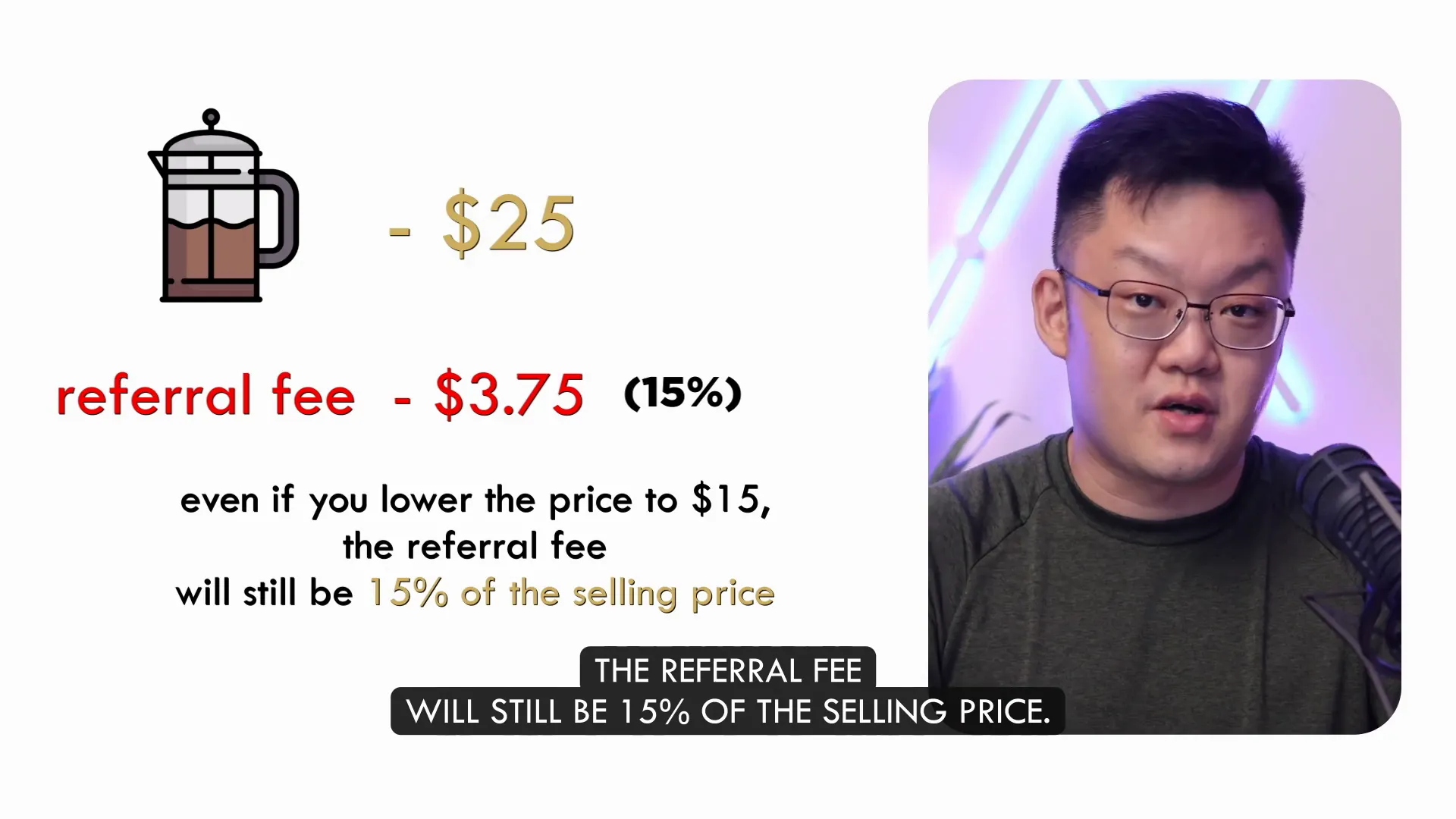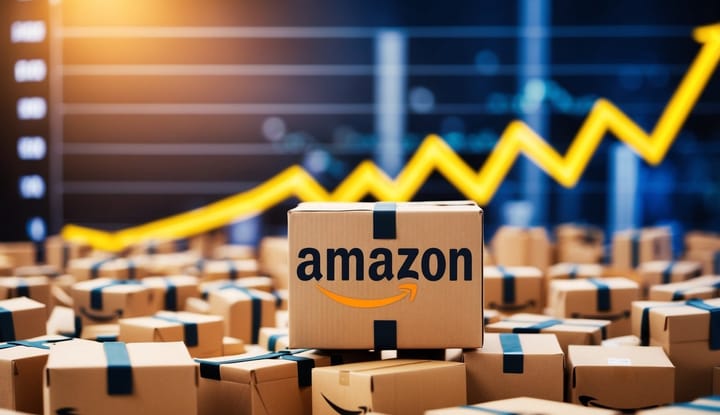Smart Strategies for Amazon FBA Sellers

As an Amazon FBA seller, understanding how to maximize your profits while minimizing costs is essential. This blog will delve into smart strategies for Amazon FBA sellers, focusing on reducing fees, enhancing inventory management, and implementing effective pricing strategies. These insights will not only help you improve your profit margins but also ensure your business remains competitive in the ever-evolving eCommerce landscape. Let's explore these strategies in detail.
Table of Contents
- Understanding the Importance of Reducing FBA Fees
- Effective Ways to Lower Storage Fees
- Avoiding Hidden FBA Fees
- Smart Pricing and Fee Optimization
- Frequently Asked Questions
- Conclusion
Understanding the Importance of Reducing FBA Fees
Reducing FBA fees is crucial for boosting your business profitability. High fees can quickly eat into your margins, making it harder to stay competitive and scale effectively. Here are some reasons why cutting these costs matters:
- Maximizing Profit Margins: Lowering FBA fees directly increases your profit margin, providing more revenue to invest in marketing, product development, or growth.
- Staying Competitive: Reducing costs allows you to price your products more competitively without sacrificing profits, attracting more customers.
- Improving Cash Flow: Lower FBA fees free up cash, enhancing your financial flexibility.
- Enhancing Inventory Management: Cutting FBA fees often involves smarter inventory management, avoiding overstocking, and reducing long-term storage costs.
- Creating a Scalable Business Model: Minimizing fees helps create a more sustainable business model, reducing financial risk and preparing for long-term growth.
Effective Ways to Lower Storage Fees
Storage fees can quietly accumulate, especially if you are not actively managing your inventory. Here are effective strategies to keep storage fees low:
1. Sell Fast to Avoid High Storage Fees
Moving your inventory quickly is key. Set a daily sales goal, such as selling 100 units each day. This keeps your stock fresh and reduces the time you pay for storage.

2. Keep a Lean Inventory
Overstocking can significantly increase storage fees. Regularly check your sales data to assess what is moving and what is stagnant. By maintaining only what you need, you save on unnecessary storage costs.

3. Get Rid of Slow Moving Products
Monitor your stock and remove items that are not selling. Amazon charges higher long-term storage fees for products that linger too long, so take action to clear out slow movers.

4. Use Amazon's Inventory Performance Index (IPI)
If you aren't already checking your IPI score, start now. This tool helps you manage your inventory better, focusing on selling through stock quickly to avoid unnecessary storage costs.

Avoiding Hidden FBA Fees
Many sellers unknowingly incur extra fees by overlooking inbound placement options. Use Amazon's optimized shipment splits to distribute your products across fulfillment centers without additional costs. Here’s how:
1. Compare Costs
Evaluate the fees for placement services against shipping costs for multiple destinations.

2. Use Optimized Shipment Splits for High Turnover Products
Ensure even distribution across Amazon's network, maintaining consistent sales and improving your IPI score.
Need Help?
Book Your FREE Strategy Session With Our Office Today. We’ll discuss to see if we are a good fit to work together to help you start or scale your ecommerce business.

Smart Pricing and Fee Optimization
Your pricing strategy could be impacting your profits due to Amazon's referral fees, which are always a percentage of your product's list price. Here’s how to ensure a healthier profit margin:
1. Calculate Costs Accurately
Utilize the FBA calculator to determine your profit after deducting all fees and your cost of goods (COG). This will help inform your pricing strategy.

2. Adjust Pricing Based on Market Trends
Stay informed about market trends and adjust your prices accordingly to remain competitive without sacrificing profitability.

Frequently Asked Questions
Q: What are the main fees associated with Amazon FBA?
A: The main fees include fulfillment fees, storage fees, and referral fees. Understanding these can help you strategize to minimize costs.
Q: How can I improve my inventory turnover rate?
A: Regularly analyze your sales data, set sales goals, and consider promotional strategies to boost sales and reduce slow-moving inventory.
Q: What should I do if my IPI score is low?
A: Focus on selling through your stock quickly, removing slow-moving items, and optimizing your inventory management practices.
Conclusion
By implementing these smart strategies for Amazon FBA sellers, you can significantly reduce costs, improve cash flow, and maintain a competitive edge in the market. Remember, the key to success lies in effective inventory management, pricing strategies, and staying informed about your fees. For further insights and expert coaching, visit WAH Academy to unlock your potential in eCommerce!
Ready to Make Amazon FBA Work for You—Not the Other Way Around?
Join our mini-course at WAH Academy and get real advice, step-by-step strategies, and support from an experienced seller who’ve been where you are.
No fluff. No gatekeeping. Just honest help to grow a lean, profitable FBA business.
Tap the button to join and start building smarter today.



